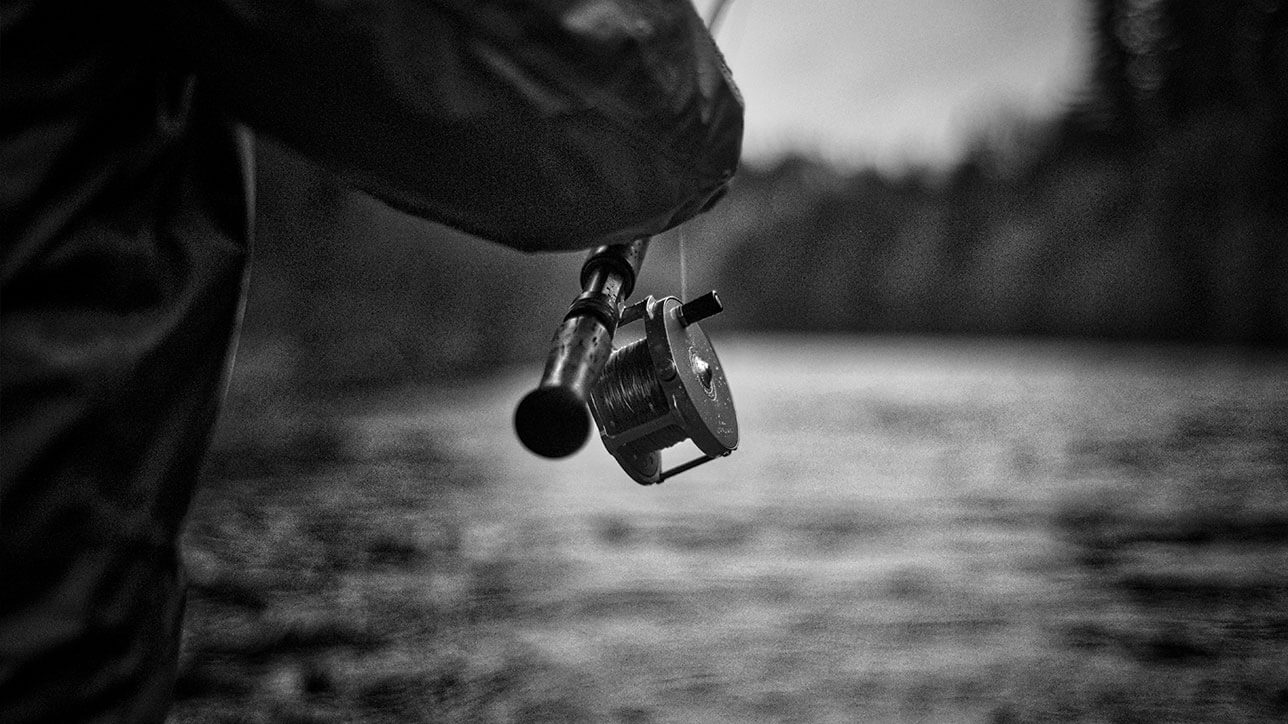Are you a single-hand heathen? We won’t tell anybody, promise. Coming from the single-hand trout or bass worlds, spey casting can be intimidating as all get out. Giant rods, multi-piece line systems and strange new casts turn a lot of anglers off before they give a two-hander a shake. Change is scary, but missing out on something great is far worse. Here’s why you owe it to yourself to get a spey rig out on the water this season.
Spey vs. Switch
First, a little background on two-handers. Spey rods and switch rods are both lumped together into the ‘two-hander’ category. Spey rods have been around for well over a hundred years, while switch-style rods are a more recent innovation. As the story goes, switch rods were developed to allow the angler to cast with one or both hands due to a shorter rod length and rod action more similar to a single-hand rod than a full-blown spey stick. As of late, that notion was more or less thrown out the window. Manufacturers are producing ever-shorter ‘spey’ rods that would have fallen into the ‘switch’ category a few years ago. In fact, the separation has become so blurred that it’s often hard to tell which is which. Just call them ‘two-handers’, unless you’re looking to pick a fight at your local fly shop. Which is right for you? If you’re looking to tuck into tight quarters, a shorter two-hander is just what the doctor ordered. Wanting to chuck into the next area code? Pick up something longer. For those just breaking into the two-hand game, a deeper-loading true spey action is going to shorten the learning curve considerably regardless of rod length.
Casting distance
Two-handers – switch and spey rods alike – are much more capable of delivering a fly to the far bank than a single-hander. Using both arms to cast allows a greater amount of energy to be transferred into the rod’s load, and in turn, into the line’s flight. The longer lever provided by a rod that may be 4 feet longer than your standard single-hand trout stick translates into a longer potential cast. You know that there are fish that are hunkered down in that far seam. Find them and make them eat.
Fish landing ability
Once again, a longer level allows for improved performance over shorter rods. Longer rods load deeper, forming a more aggressive arc that wants to recover back to a flat plane. Allow the rod to work for you and keep that hog pinned before your fishing becomes a foot race with an angry critter bent on tasting salt again.
Big fly delivery
The game is the same regardless of rod type: utilizing your fly line’s mass to send the fly to the intended quarry via airmail. As a rule, heavy lines are better able to deliver chunky, wind-resistant flies than light lines. Of course, this is only true if the line weight loads your rod properly. A #3 rod won’t cast a line intended for a #6 very well. Trust me, I’ve tried. Two-handers are designed to cast more weight, simple as that. A #7 two-hander may cast well with a line weighing 510 grains, whereas a #7 single-hander does better around 210 grains. Bearing well over twice the mass, the 510 grain line is far more capable to sending a gnarly, articulated piece of meat into the stratosphere. It’s science.
Don’t be afraid of change. Grab a two-hander, a six-pack, and a buddy and get the hell out of town.
Cover shot: Marty Sheppard


